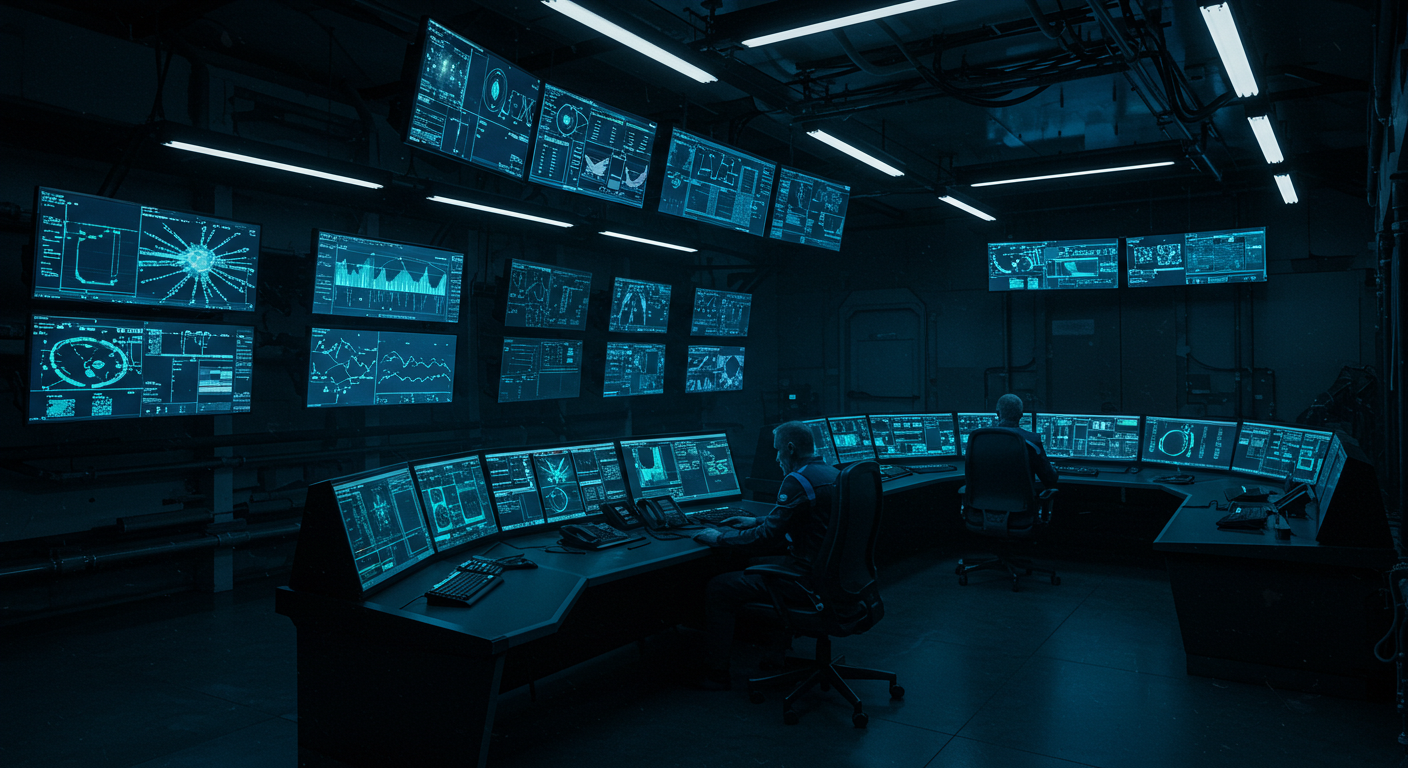Deep within the heart of every modern city, behind sealed doors and dimmed lights, sit rooms few are ever permitted to enter. These are not ordinary rooms — they are the living nerves of civilization. Here, success is not measured by noise or motion, but by the quiet that precedes a decision, by the glance that intercepts disaster before it unfolds. Operators here speak sparingly, yet every keystroke, every glance at a screen, carries the weight of entire systems.
Imagine standing in a room where air traffic is silently choreographed across crowded skies, where energy is distributed to millions of homes with mathematical grace, or where emergency signals are decoded before they escalate into chaos. In these moments, there is no room for confusion. The interior design, the angle of a monitor, the hue of ambient lighting, even the height of a chair — none of these are aesthetic afterthoughts. They are instruments of survival. Comfort here is not a luxury — it is a necessity. Fatigue is not merely discomfort — it is an imminent threat.
In this silent world, “efficiency” is redefined. It is not found in how quickly a command is issued, but in how accurately a pattern is anticipated. It is not counted in the number of alerts silenced, but in the quality of stillness that precedes them. And in this quiet realm, safety is built upon invisible details — details only those who know where to look can truly see.
The rhythm of control rooms is not dictated by clocks, but by pulses — the pulse of data streams, the pulse of system vitals, the pulse of human focus. Operators learn to breathe with the machines, to synchronize their awareness with the ebb and flow of operational tempo. Their training is not about reacting — it is about sensing. Sensing the subtle drift in a temperature curve, the fractional delay in a response time, the almost imperceptible flicker in a status indicator.
This is where design becomes dialogue — where the layout of a console whispers instructions to the hands, where the color palette of a dashboard calms the mind under pressure, where the acoustics of a room absorb stress instead of amplifying it. Nothing is accidental. Every pixel, every cable, every ergonomic contour is placed with intention — not to impress visitors, but to protect systems.
And perhaps most profoundly, the silence of these rooms is not empty. It is full — full of concentration, full of readiness, full of the unspoken understanding that lives depend on what happens here. In a world addicted to noise, these rooms stand as sanctuaries of purpose. They do not celebrate drama. They prevent it. They do not reward heroics. They make them unnecessary. Because true mastery in a control room is not about saving the day — it is about ensuring the day never needs saving.
The silence, then, is not absence. It is presence. The presence of vigilance. The presence of precision. The presence of people who have learned that sometimes, the most powerful thing you can do… is nothing at all — except watch, wait, and understand.

